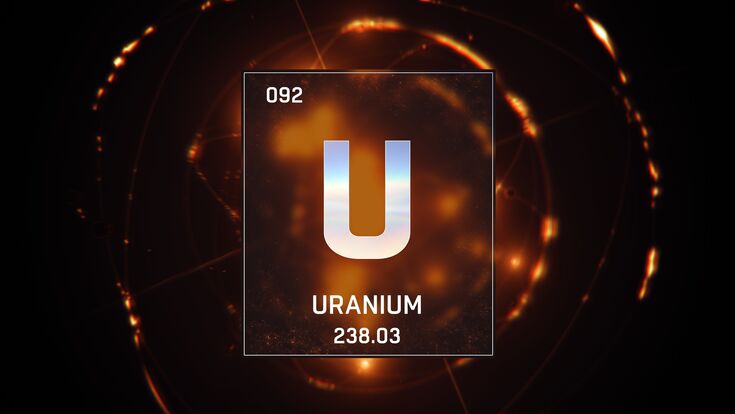Nuclear Waste : Extracting Uranium from Radioactive Waste

Scientists at Ural Federal University have figured out how to process sludge containing radioactive uranium, which will help provide uranium for the nuclear industry.
"We have succeeded in extracting uranium suitable for recycling into nuclear fuel production," explains Ksenia Nalivaiko, the main researcher and co-author of the article, PhD student and engineer of the Department of Rare Metals and Nanomaterials UrFU. "So, our proposed method, when applied on an industrial scale, allows us to solve several important problems at the same time: to process radioactive waste, to extract valuable uranium as well as useful materials associated with it."
In a first research step, samples of uranium-containing sludge were subjected to the "classical" method of leaching with sulphuric acid, varying the acid concentration, temperature and time. The researchers found that the most efficient leaching of uranium from waste occurs at a sulphuric acid concentration of 200 grams per litre and the temperature of the solution is kept at 80 degrees Celsius for four hours. Here, the degree of uranium recovery reaches its maximum value and is 99.98 %.
As a result of further neutralisation of the concentrated uranium solution, the final concentrated solid uranium precipitate, called yellowcake, was formed.
The uranium content contained in it was 68.54 %, while the isotopic composition of the uranium in the sediment and the content of impurities (sodium, calcium, aluminium, magnesium, iron and others) meet the international quality standard.
The research has been published in the Journal of Environmental Chemical Engineering.
